Coffee Biology: the encounter of yeast and coffee improves the diversity and quality of coffee flavor.
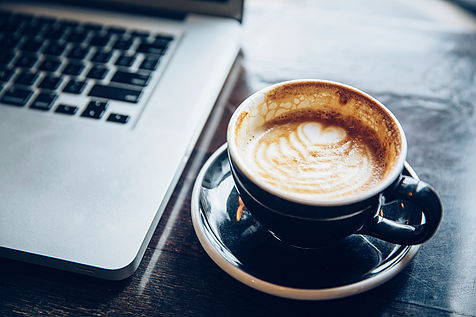
For professional baristas, please follow the coffee workshop (Wechat official account cafe_style)
In this year's sensational online bidding for raw coffee beans, 90+ 's # 227 batches finally set a record at a high price of US$5000 yuan per kilogram.
The coffee was created by Jose Alfredo, which is in charge of handling raw beans from El Salvador to 90 + Panama Manor, and Wang ze Chad Wang, who won the world coffee brewing champion in 2017.
# 227 belongs to the high-end Maker's Serier among the many coffee items of 90 +, and this series belongs to the contestant-level items participating in coffee competitions around the world. As long as you are willing to participate in the competition and get the approval of 90 +, you can go to the place of origin and work with the origin processor to complete the coffee product you want.
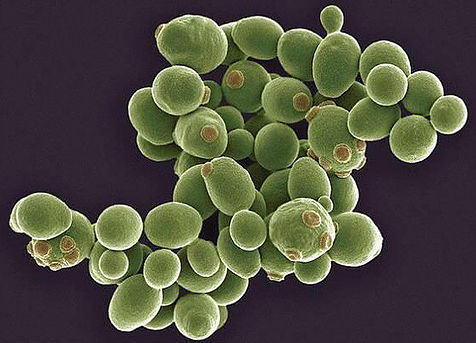
In the report of Uncle Coffee's exclusive interview with Chad Wang, the description of # 227 is as follows: "after picking the fully ripe bright red fruit by hand, sieving out the too small size and rinsing, and then carrying out hypoxia fermentation in a confined space, the fermentation temperature is also controlled at a lower room temperature, that is, making coffee while blowing air conditioner.
Soak in clean water and ferment for about 72 hours, followed by sun drying. It is about 1 or 2 layers thick on the tanning bed, and it takes 21 days of sun exposure to achieve a completely different unique flavor! "
The hidden sentence that is not found in the above paragraph is whether the yeast spread in the environment was captured naturally or screened during the 72-hour fermentation. In fact, in the 2017 + global online label batch, there are as many as five or six items made by Jose Alfredo. Friends who have tried to drink reflect that some of the items have obvious flavor characteristics like bean curd or soy sauce. I believe that different fermentation methods have been introduced in the process of post-production.
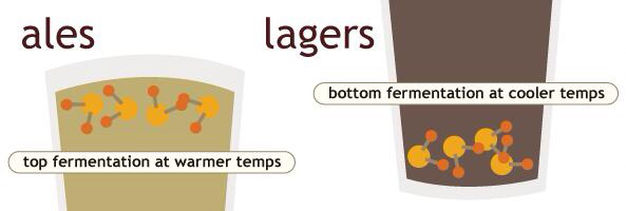
The Panscience website describes beer yeast as follows: "Beer history has revolutionized since the 15th century, when monasteries in Bavaria began to adopt low-temperature fermentation so that beer could be brewed in winter. Since then, the beer world of Lager and Ale has been very different. For example, global sales of Lager Beer reached $250 billion in 2008, and you can hardly find Ayre in domestic convenience stores.

The difference between Rag and Saccharomyces bayanus is mainly in fermentation temperature, the former is slightly lower than room temperature because of the difference in yeast. Eyre uses a mixture of Saccharomyces cerevisiae and Saccharomyces bayanus, known as Saccharomyces carsbergensis, and also because of the discovery and contribution of biologist Pasteur, also known as yeast. Contemporary Lagar breweries use mixed strains of Pasteuria, including popular brands in continental Europe, North America and Asia, and China is no exception, while the UK continues the traditional brewing method and remains the stronghold of El and Stout. "

In fact, in the past three years, the global high-end boutique coffee industry continues to innovate in post-processing methods, which has made washed coffee have a unique fruit flavor in the sun-drying process, while sun-cured coffee has greatly reduced the original criticized over-fermented sour taste. These methods to improve the quality of coffee will not only improve the picking quality of pickers and the cleanliness and maintenance level of the treatment plant, but also use specific yeast fermentation to some extent.
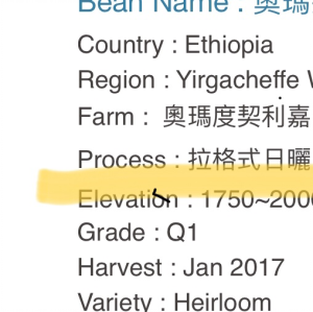
So far, the coffee bean fermentation process seen on the market has emphasized "low temperature fermentation", perhaps because their environmental yeast belongs to Lageromyces cerevisiae. But since these processes belong to the secret of the treatment plant, which yeasts are used separately? Or have you used El yeast or even lactic acid bacteria to ferment coffee beans? The flavor of the fermented coffee is unknown.
In the future, coffee hunters who travel to and from various producing areas will not only chase a variety of noble varieties of flavor, but also understand different processing processes, which will be an important basis for improving the diversity and quality of coffee flavor.
Important Notice :
前街咖啡 FrontStreet Coffee has moved to new addredd:
FrontStreet Coffee Address: 315,Donghua East Road,GuangZhou
Tel:020 38364473
- Prev

"my Coffee Life proposal" Cappuccino Coffee Family, and practice
Communication of professional baristas Please follow the coffee workshop (official Wechat account cafe_style) I like coffee with milk. I think milk makes coffee a girl with thousands of noodles. In the coffee drink with milk, the most representative is cappuccino. It has the smooth texture of milk, but also retains the complex aroma of coffee, a changing version of cappuccino (add caramel,
- Next
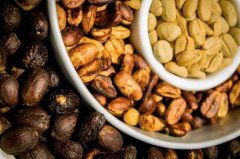
Costa Rican Honey treatment Flavor difference Honey treatment Coffee beans how to make different degrees of Honey
The coffee beans produced at the high latitudes of Costa Rica are famous in the world, full-bodied, mild in taste, but extremely sour. The coffee beans here have been carefully processed, which is why they have high quality coffee. Located in the south of SanJos, the capital of Tarasu, Costa Rica is one of the most valued coffee growers in the country. The history of coffee cultivation in this area
Related
- What is the meaning of lactic acid fermentation with coffee bean treatment?
- How to judge the state of foam by sound?
- How does the latte pull out the unicorn pattern? Come to get for a little trick to improve the flower pull!
- Will flower pulling affect the taste of the latte?
- Do you know the history of coffee?
- The difference between honey treatment and sun washing what is raisin honey treatment?
- What kind of milk can a novice use to make coffee foam to keep the foam longer? The correct method and skills of milking tutorial sharing
- Why do washed coffee beans taste sour? Flavor characteristics of washed Coffee
- Introduction to the skill of how to practice the size and height of water injection around the circle of hand-brewed coffee
- How do beginners practice coffee flower drawing from scratch?

